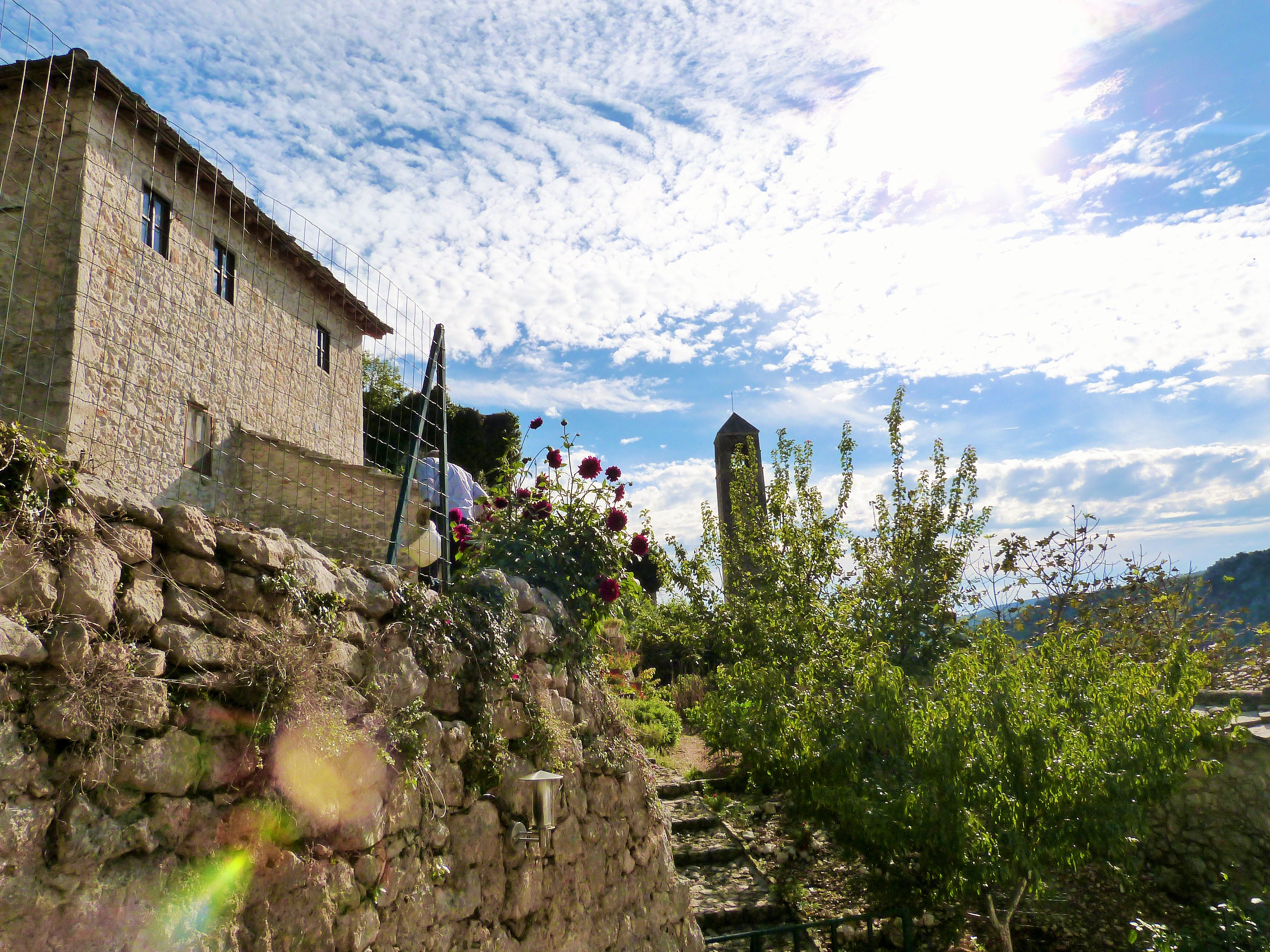
If you like abandoned villages, Počitelj is a beauty you won’t want to miss. But, like much of the country, it has a tragic story to tell. It’s probably very obvious how much I loved Bosnia & Herzegovina. Even now, more than three months later, I’m still thinking of new things to write about. The country is quite simply fascinating.
But owing to recent history, the country does have an air of tragedy about it. Surprisingly, this is somewhat hard to find in Sarajevo. There, buildings have been lovingly restored and foreign investment has given the city a very cosmopolitan feel. But travel outside of the capital and the devastation of the wars is more obvious.
One place that I feel sums up contemporary Bosnia & Herzegovina is the Ottoman fortress town of Počitelj (“Po-chee-tel”), around 25 minutes’ drive south of Mostar. Built into a sloping cliff overlooking the Neretva River, the place is absolutely beautiful.
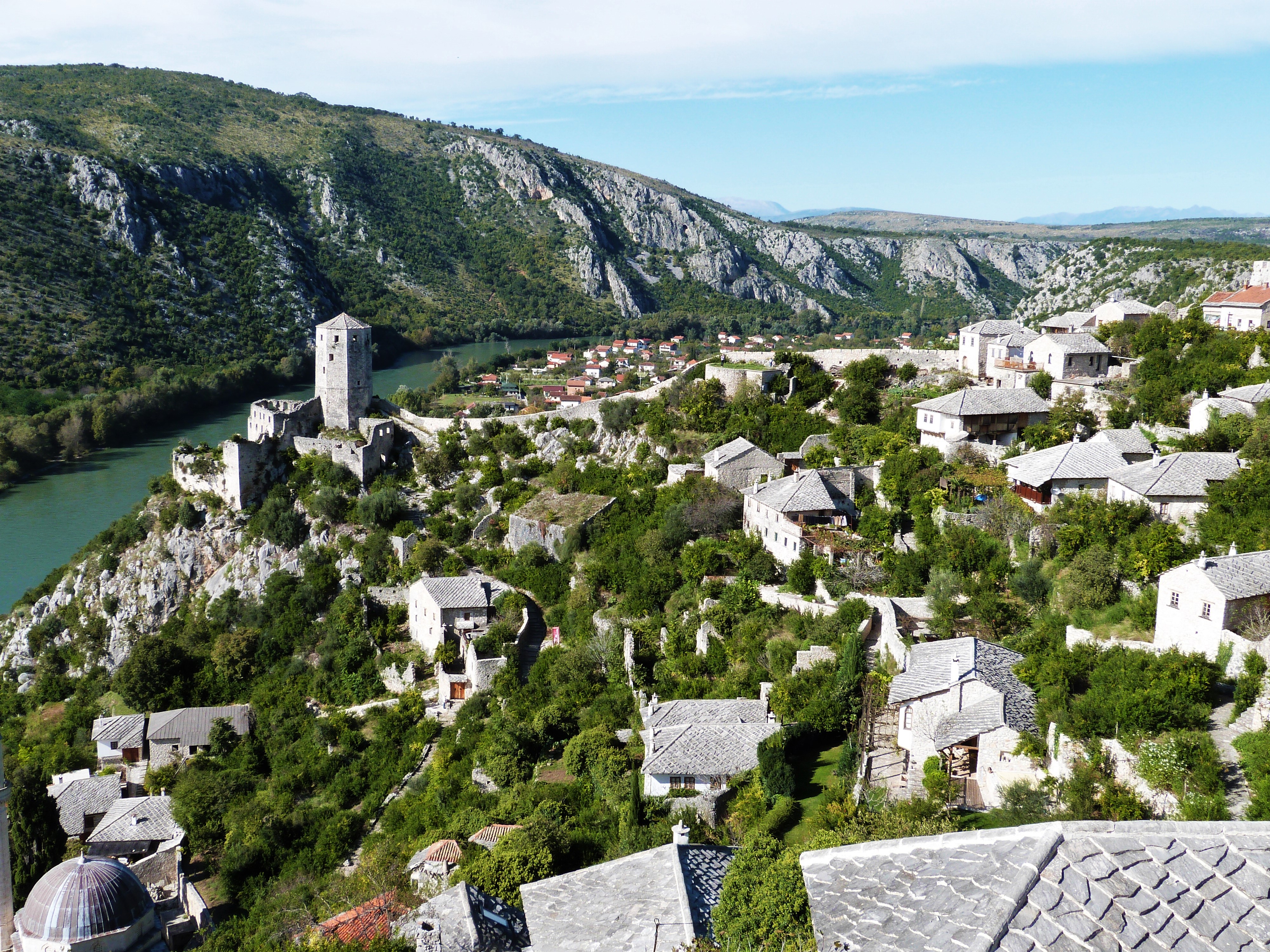
View over the fortress
Its strategic location also offers some of the most impressive views in Herzegovina.
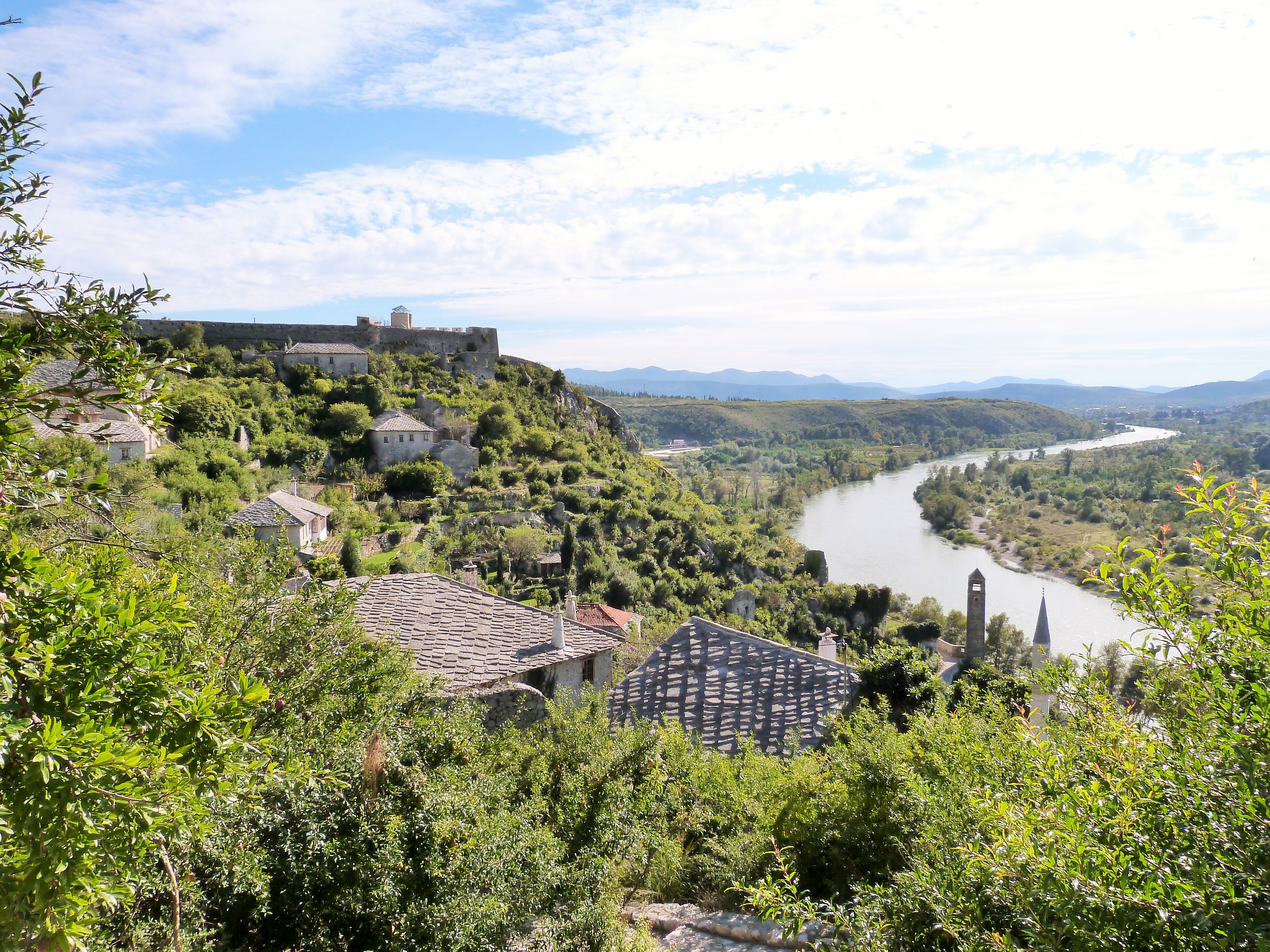
View of the River Neretva
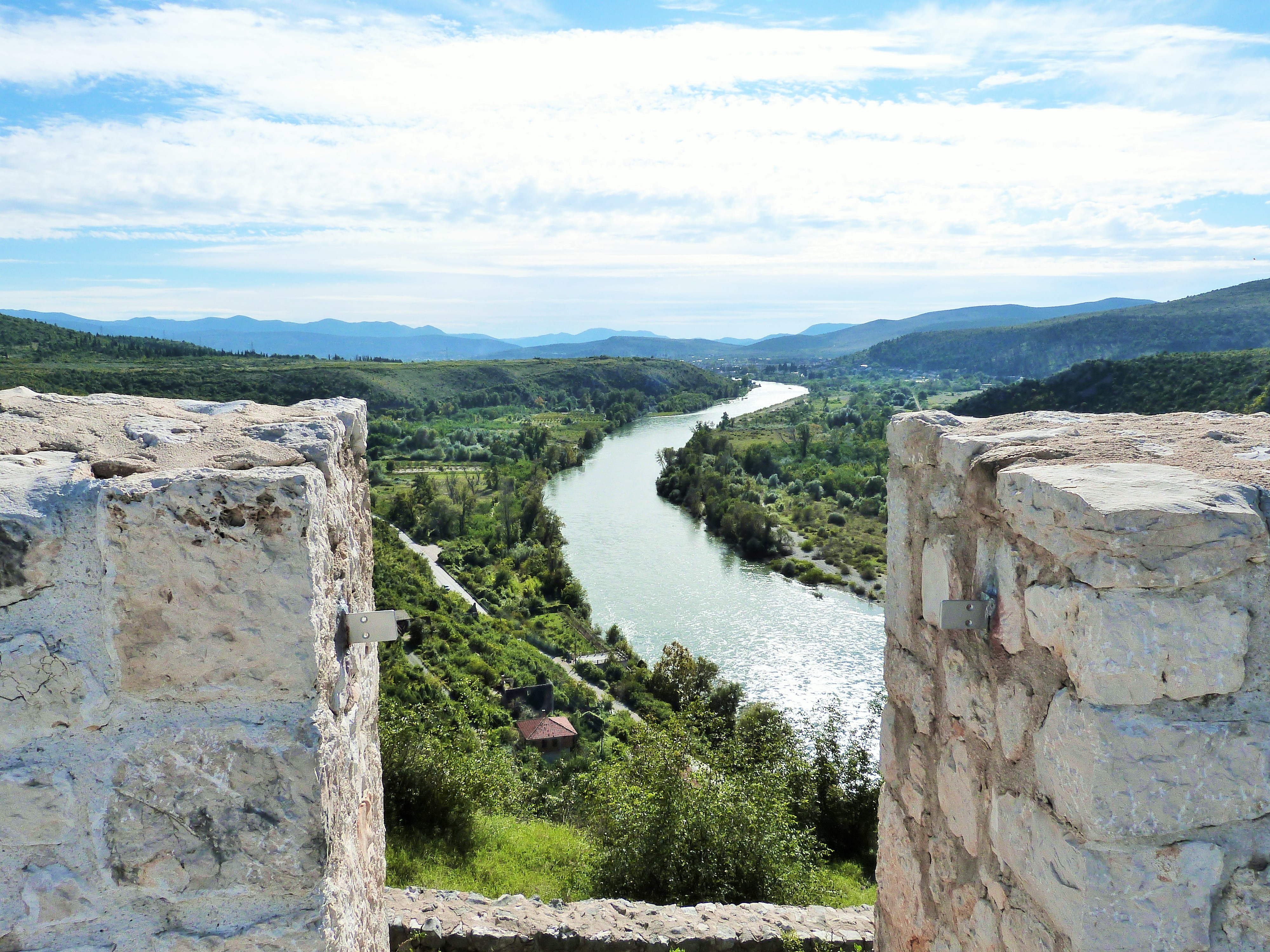
View of the Neretva River from the ramparts
Historically, Počitelj was a regional stronghold for the Ottoman Empire, but lost its significance when the country fell under Austro-Hungarian rule in 1878. However, despite its dwindling importance, the town and its historic buildings were largely preserved.
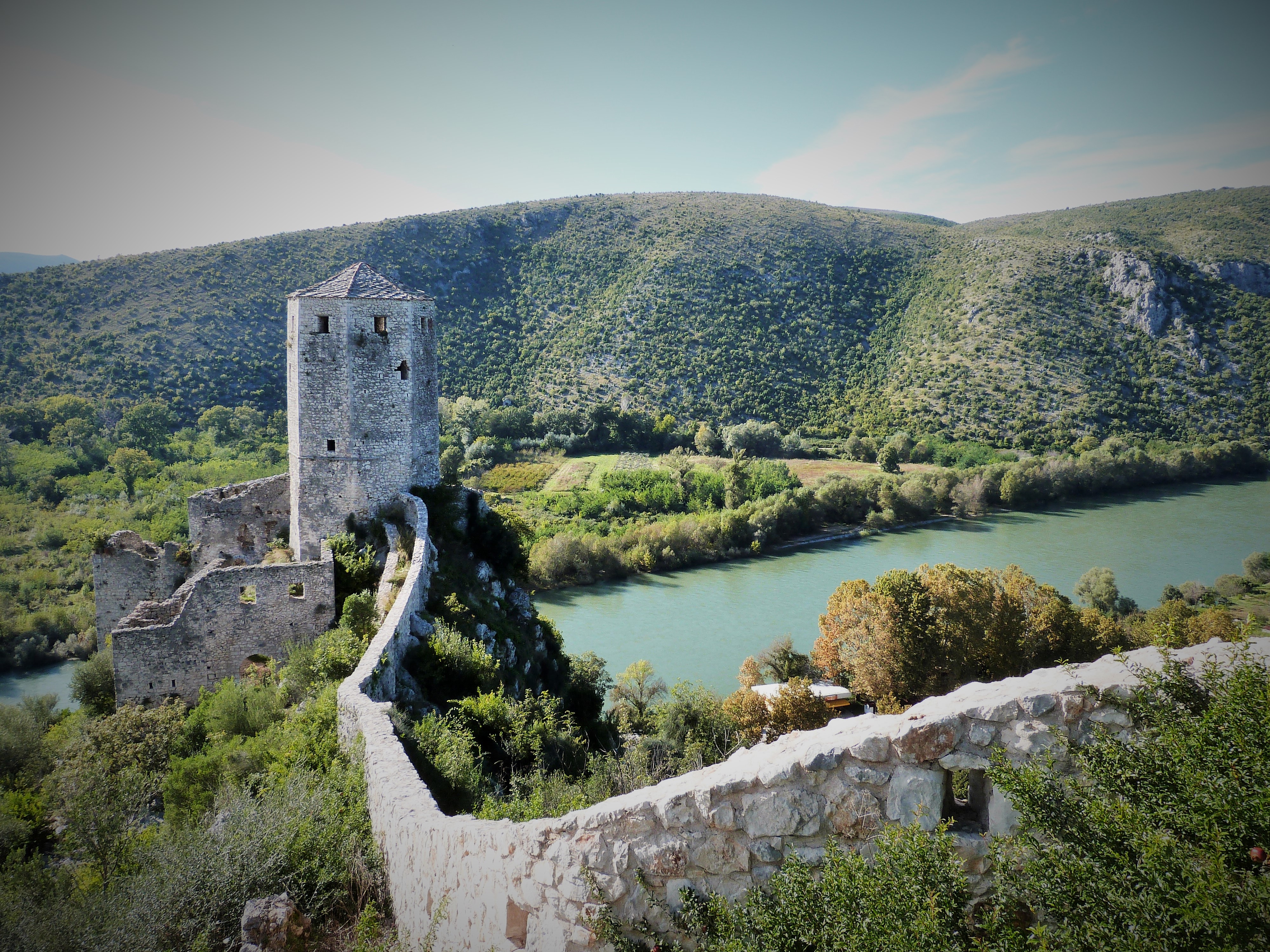
Fortress walls
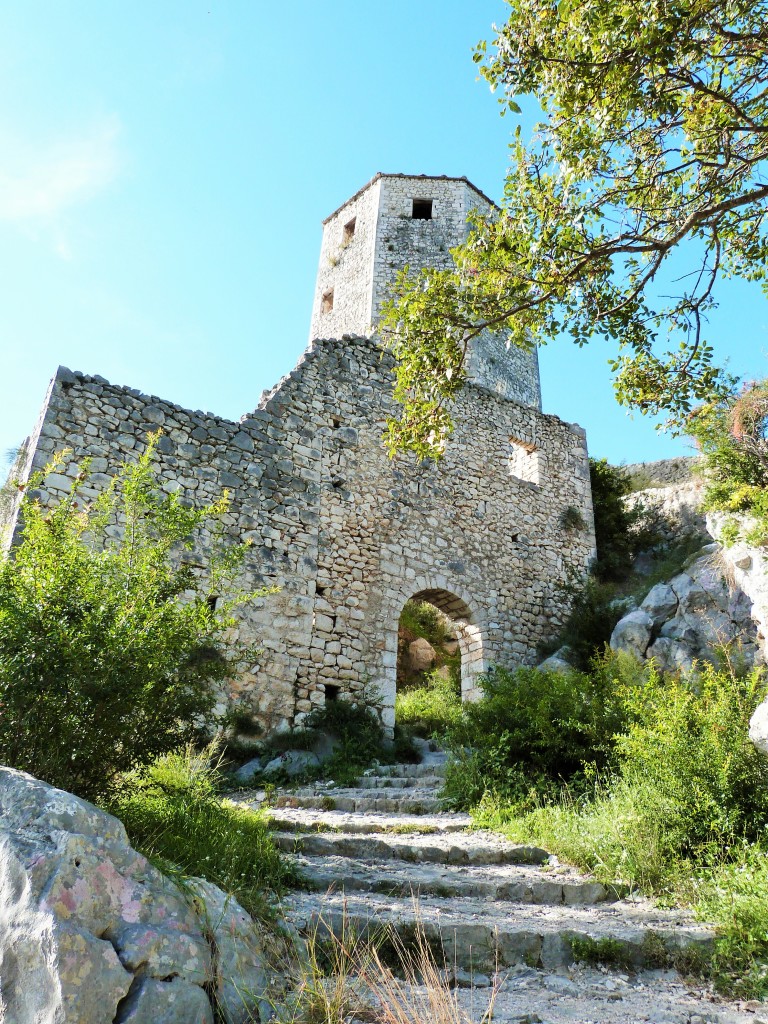
Pocitelj turret – view from below
Until the Yugoslav Wars, that is.
Like a lot of places in Herzegovina, Počitelj was badly damaged by Croat forces. During bombing and fighting in 1993, local Islamic art was lost, the town’s huge mosque was badly damaged and most of the population fled.
After the Dayton Peace Accords in late 1995, fighting ceased, but the town had suffered immensely. Before the wars, the walled town was home to 30 families and 112 people. Today, there are just five families and 30 people. The last baby in the town was born in 2011. Most of the houses stand completely empty, akin to a ghost town.
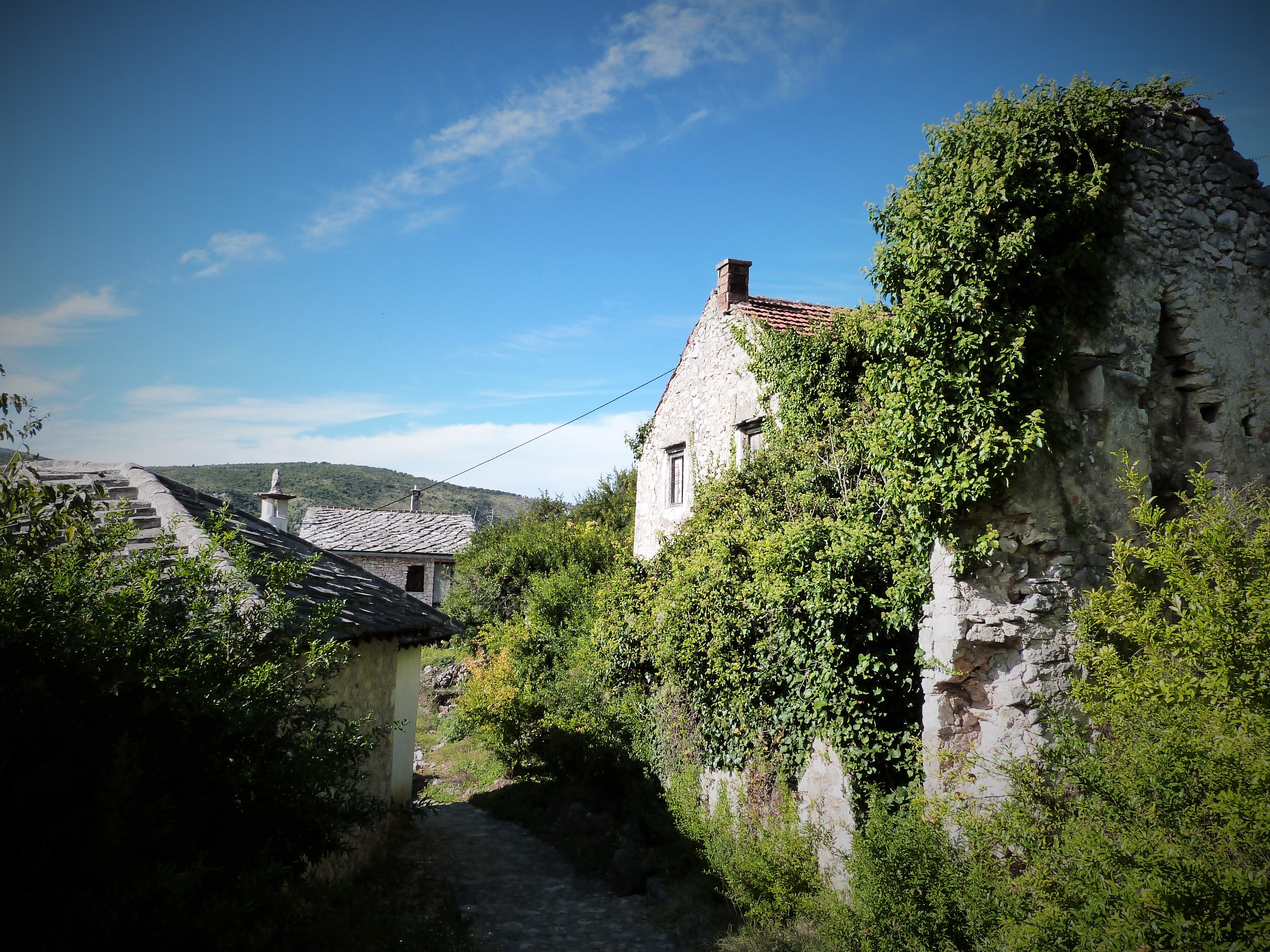
Overgrown houses
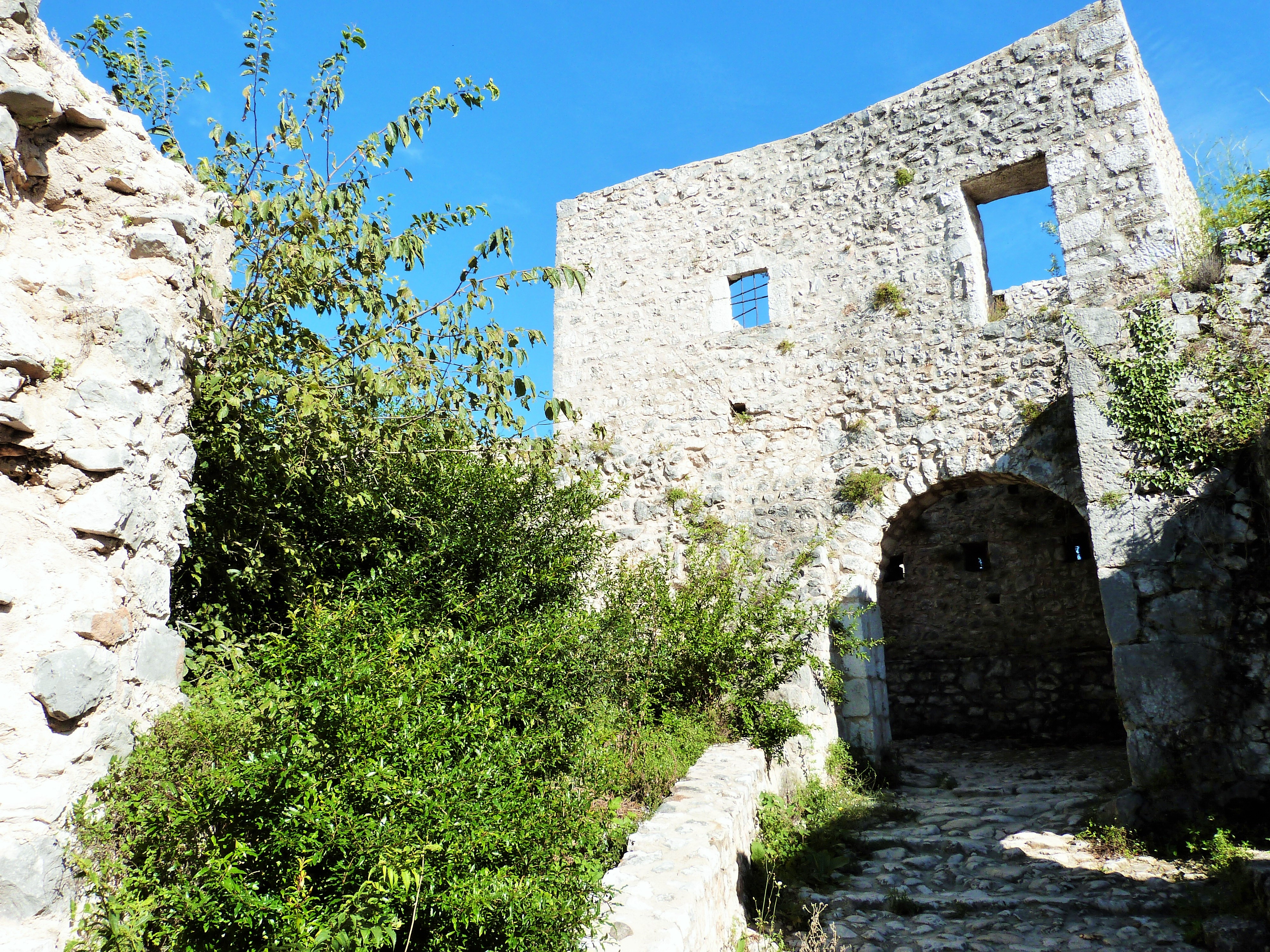
Overgrown shrubs
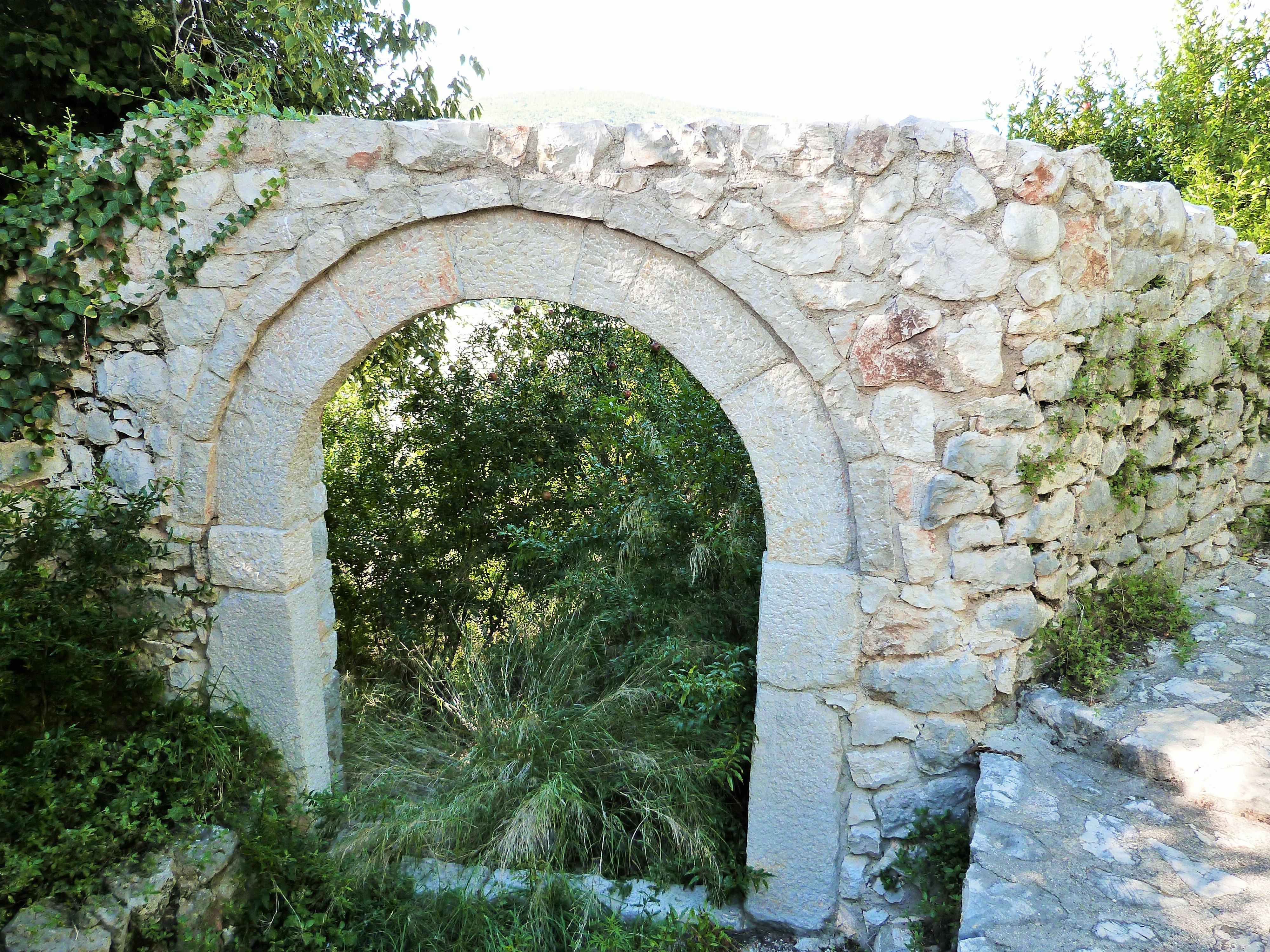
Overgrown shrubs
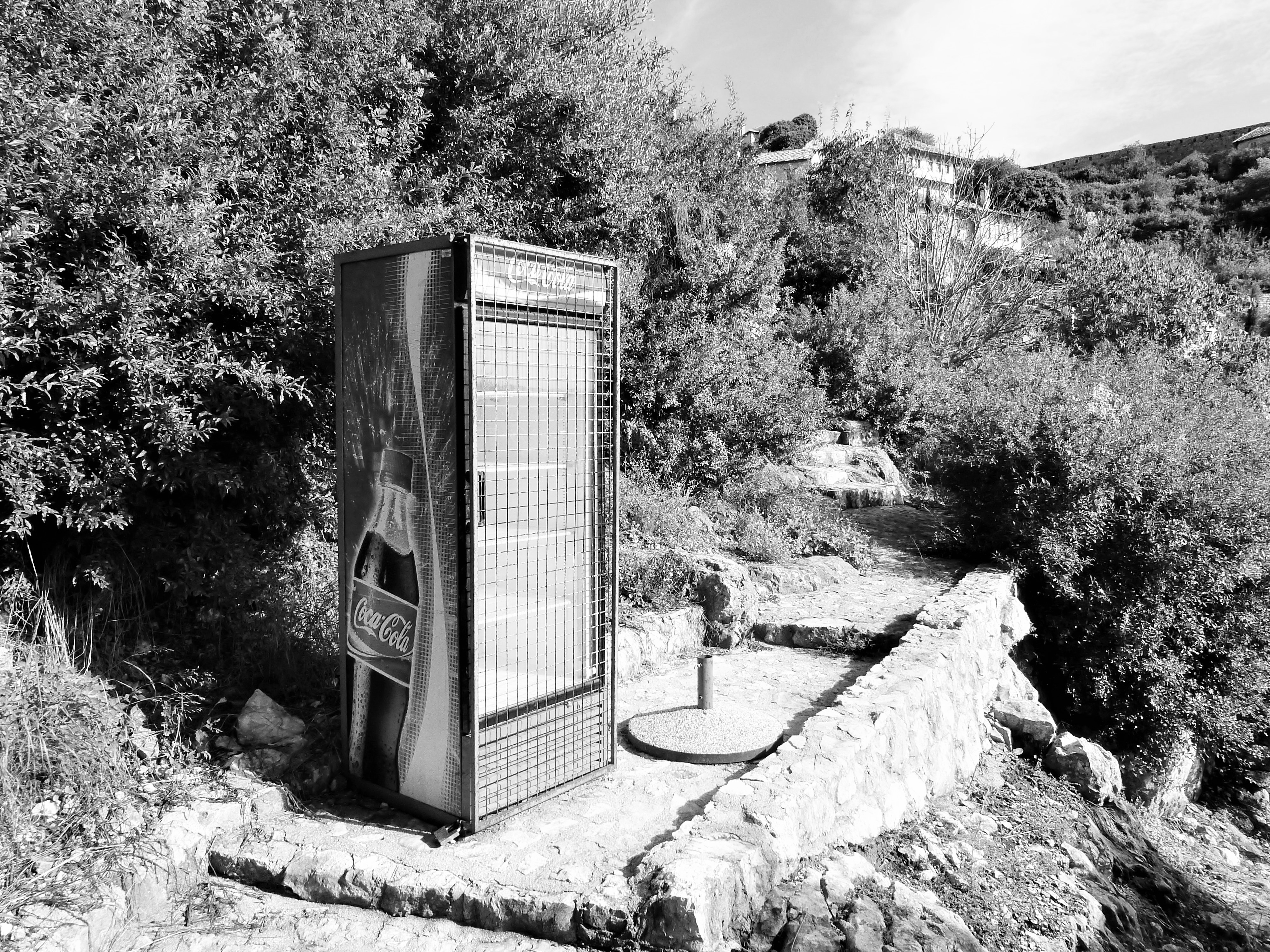
Abandoned Coca Cola fridge…
Of course, this tragic situation is by no means unique in war-torn countries, but what really got to me on our visit was the pure potential Počitelj has. Before the Yugoslav wars, the walled town was on the UNESCO World Heritage shortlist (it can still be found on the tentative list) and in 1996, the site was added to the World Monuments Watch’s list of endangered cultural heritage sites.
In the time that followed, the historic mosque was fully restored, with a small degree of work even started to upgrade the facilities for tourists.
In recent years however, our guide Taso told us, all restoration work has stopped. The new facilities are left unfinished, with missing glass and exposed wires in what I assume was to be an information centre.
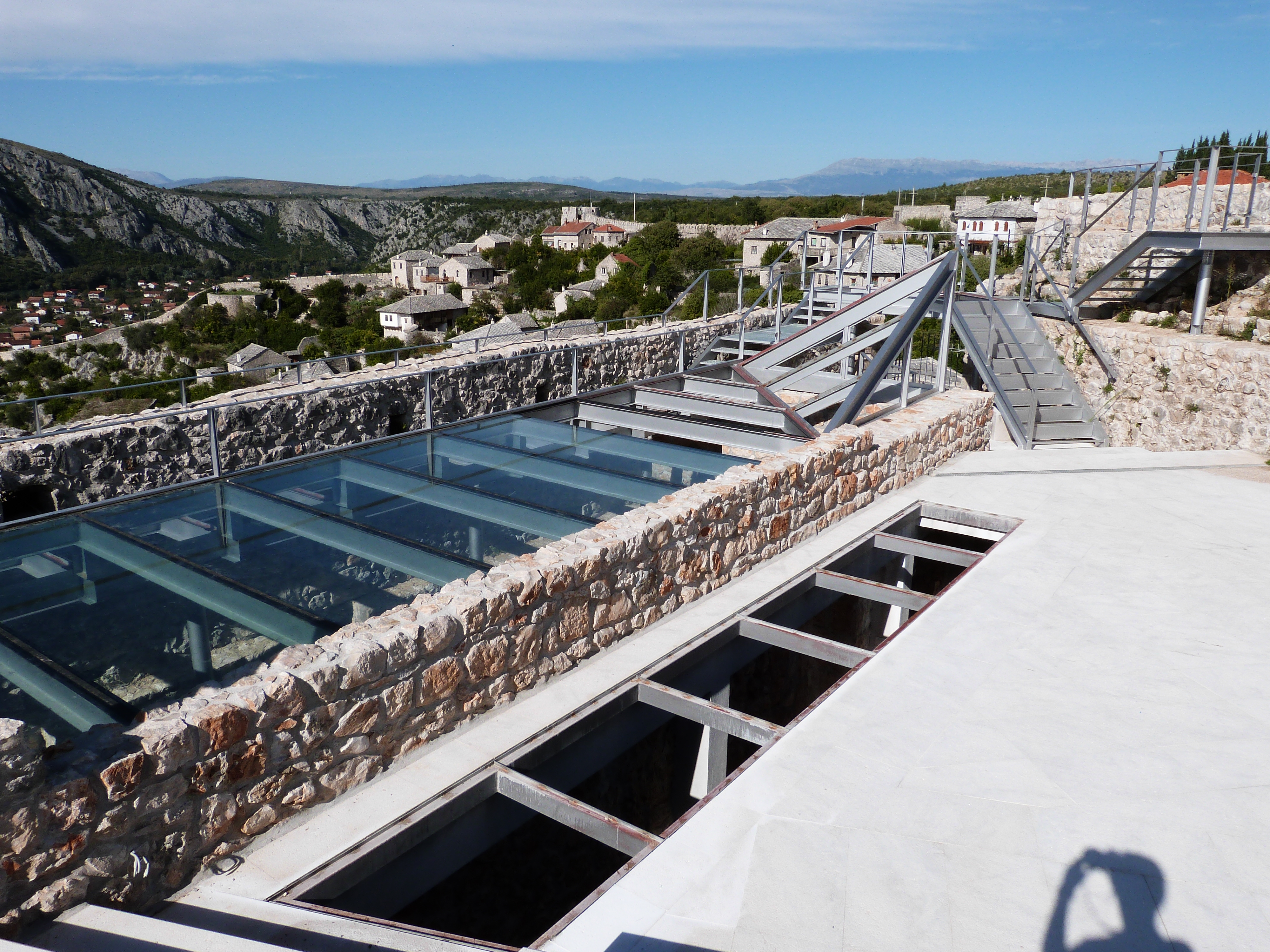
Abandoned half-finished construction work
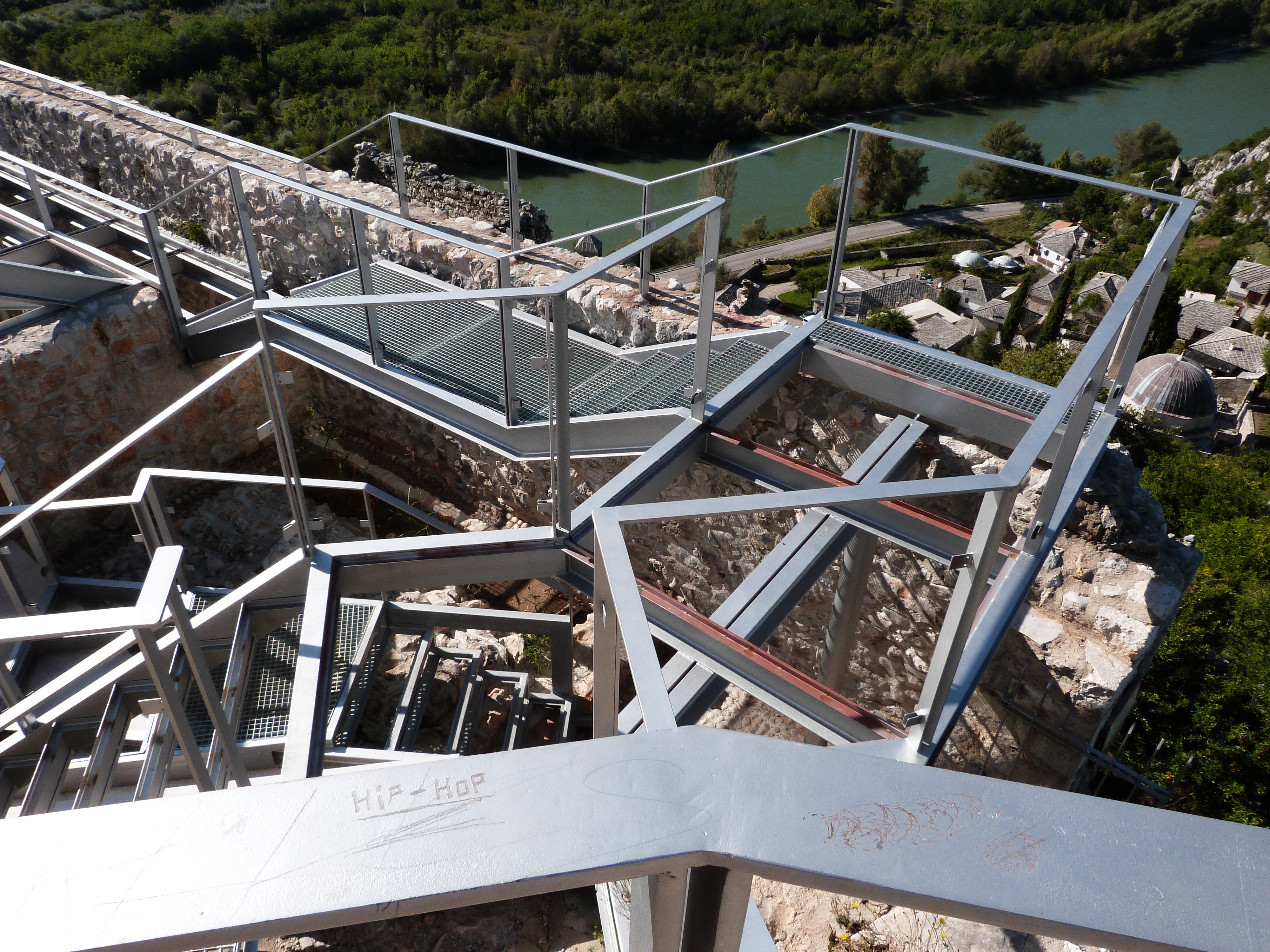
Unfinished tourist facilities
Sadly, it seems like Počitelj might be doomed to become just another victim of Bosnia & Herzegovina’s turbulent history. Despite its obvious appeal to tourists, without proper investment, the town is destined to grow increasingly dilapidated.
Heartbreakingly, Počitelj really does have a lot of potential. Found on the main Mostar-Split and Mostar-Dubrovnik routes, its location is perfect. Tourism could see a boost to the local economy and careful and authentic preservation could help reignite UNESCO interest.
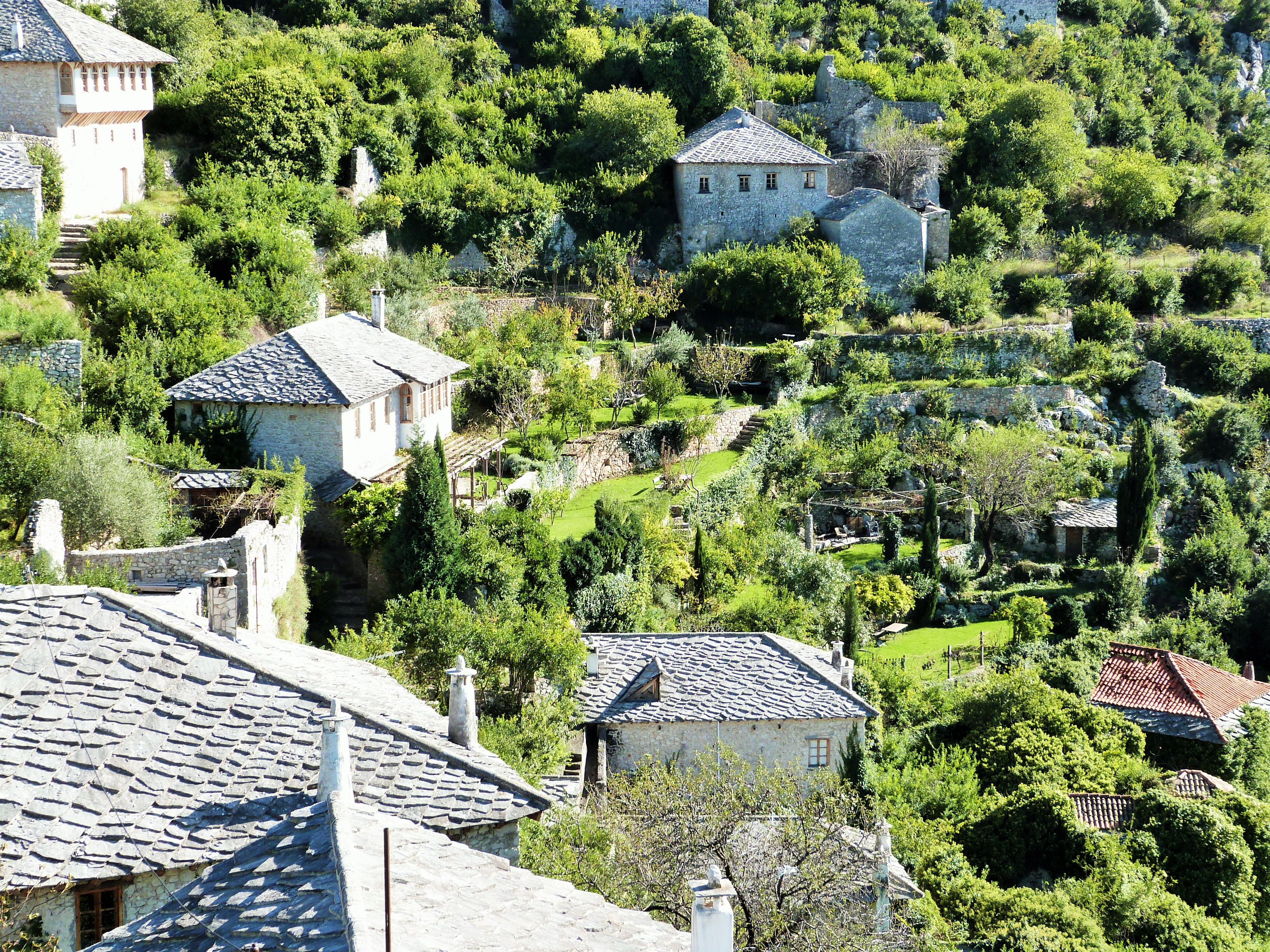
One garden shows how the walled town could look…
But unfortunately until that time, the beautiful walled town is just another ageing ruin.

A remaining resident gardens in the sun
How to get there: Počitelj is around 25 minutes’ drive south of Mostar. The town is included on several Herzegovina guided tours, including this one we went on – provided by excellent Taso Guesthouse in Mostar.
Read more on Bosnia:
Architecture in Sarajevo: a history lesson
Backpacking the Balkans: from Bosnia to Macedonia
Onward travel:
Sarajevo
Dubrovnik


My former colleague is from Sarajewo, and he gave me many insights and Yugoslavia war (how it began) and how Bosnia do feel, forgive, forget and live. Now i am interested in a first visit there.
Bosnia is a beautiful and fascinating country – wuerde sie empfehlen!
Great stat about the last baby. Our organised trip from Dubrovnik to Mostar stopped there for a quick break so there’s definite potential for tourist money to be taken although i don’t remember any cafe, shop or bar.
It is a good stat, isn’t it? We actually got to see him by pure chance too, haha. There was a small cafe when we went but it was empty – there’s tonnes of potential but it doesn’t look like anyone is doing anything with it 🙁
that little place looks great. I haven’t been to Bosnia & Herzegovina, but i was in Croatia and also in many parts outside the big cities you could see the devastation.
I don’t remember seeing too much destruction in Croatia actually, but I was mostly in coastal tourist cities. Where were you?
I do regret not visiting B&H more (I juuuuust crossed into it from Croatia , twice, for a BBQ) when i was in the Balkans this fall, but it was either go north to Budapest and the castles, or south to Sarajevo, and I went with Budapest. But I love reading your notes on the place!
Definitely one to go back to if you get the chance – Sarajevo is like nowhere I’ve been before – it’s so beautiful and diverse. And a lot more cosmopolitan than you’d think. Glad you are enjoying my ramblings though!
I’ve never been to Bosnia and Herzegovina but i’ve heard such wonderful things about it. The scenery looks so beautiful! Thanks so much for sharing.
It is definitely one of my favourite places in Europe. The landscape in around Sarajevo is a complete world away from Herzegovina in the south. One was mountainous with thick fog, the other was pure Mediterranean.
What a gorgeous place. How sad it’s practically a ghost town now.
It really is awful. Particularly when you can see some real success stories nearby – Mostar and Medugorje are both very close and attract thousands of tourists every year.
Hopefully one day work will be finished in Pocitelj and people will migrate back to live there. 🙂 One can certainly hope!!
Hopefully as Bosnia becomes as more people visit Bosnia, the tourism industry can develop their and provide a living for people 🙂
I am originally from Bosnia, but I am from a city that has now been claimed by “Republica Srpska” entity of Bosnia and Hercegovina during the war in 1992. Bosniak Muslims have really undergone a great tragedy in terms of loss of population, many Bosniak Muslims have been expelled out of the country and forced to live elsewhere or have been murdered during the war. Bosnia and Hercegovina was never Serbian country or territory, it was all war propaganda during 1992. Bosniaks and Romanians who have converted to Orthodox Christianity (Pravoslav religion) from 15th to 19th century started calling themselves “Serbs” during mid-19th century Serbian propaganda and did not wish to be part of Bosnia and Hercegovina after Bosnia and Hercegovina declared independence from Yugoslavia in 1992. So called Bosnian “Serbs” tried to expel entire Bosniak Muslim and Catholic population from their native land of Bosnia and Hercegovina and attach Bosnia and Hercegovina land territory to Serbia. This plan did not work because they could never prove that Bosnia and Hercegovina was ever Serbian land, so they ended up creating “Republica Srspka” entity within Bosnia and Hercegovina borders. It is pure tragedy of lives lost and hatred that mostly Bosniak Muslims had to endure.